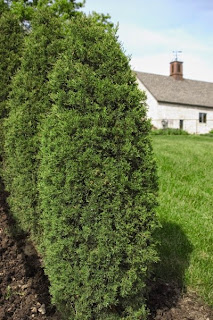We're giving Away a Wildlife Waystation
Valued at $7,500!
Valued at $7,500!
We are so excited to be working with 2 of Better Homes & Gardens’ best magazines Easy Garden Projects and Country Gardens Magazine to give away a $7,500 Wildlife Waystation! The winner will receive $7,500 worth of native plants plus a garden design and consultation with famed author and garden designer, Scott Calhoun of Zona Gardens, all compliments of American Beauties Native Plants.
Wildlife habitat is diminishing at an alarming rate. That means that your backyard is more important than ever to the wildlife we hold so dear. Here’s
how you can create a wildlife friendly yard.
how you can create a wildlife friendly yard.
Providing Food for Wildlife
Planting native trees, shrubs and perennials will provide wildlife with their natural diet that includes; nectar, pollen, seeds, nuts and berries. Adding birdfeeders is a great way to provide supplemental nutrition.
Provide a Clean Source of Water
Just like us, wildlife needs a fresh water source to drink and to bathe in. Try to incorporate ponds, rain gardens, birdbaths and puddling areas for butterflies. Water will bring so much life to your garden!
Provide Cover and a Place to Raise their Young
Evergreen trees provide shelter all year. Leave brush and leaf piles in a quite corner of your garden. Meadows, shrub borders, even dead trees provide cover and nesting. You can also supplement with birdhouses, bee houses, bat houses, toad houses and more.
Avoiding pesticides and herbicides is an essential part of creating wildlife waystation.
Bringing Life to Your Garden!
Peggy Anne
















